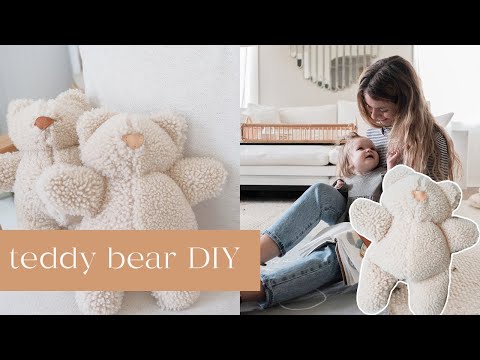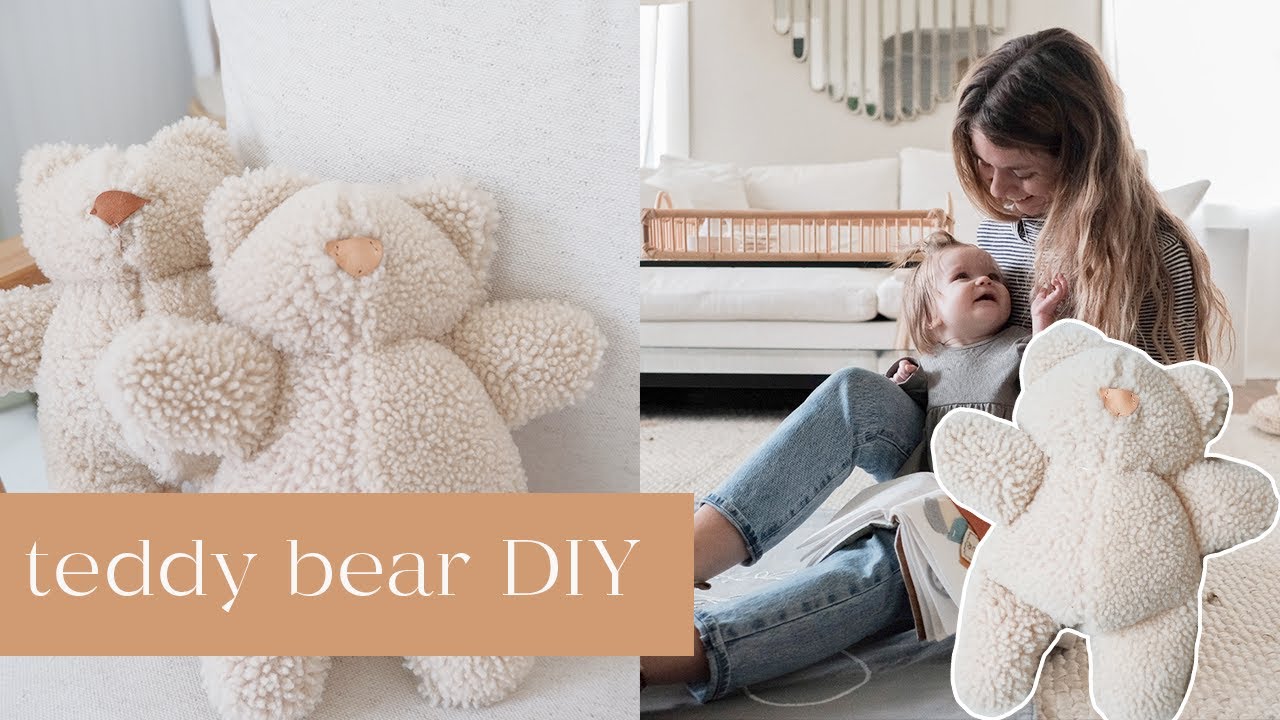Looking to add a touch of warmth and comfort to your life? Look no further than our exquisite teddy bear fabric. This luxurious material is the epitome of softness, guaranteed to make you want to snuggle up and never let go. Crafted with meticulous attention to detail, our teddy bear fabric boasts a plush and velvety texture that is truly irresistible to the touch. Whether you’re creating a cozy blanket, adorable stuffed animals, or even fashionable clothing items, this fabric will bring a sense of nostalgia and joy to every project. Its high-quality construction ensures durability, so you can enjoy the softness and charm of teddy bear fabric for years to come. With its versatile nature, this fabric lends itself to a multitude of creative possibilities, allowing you to bring your imagination to life. So, indulge in the comforting embrace of our teddy bear fabric and let it ignite your passion for all things cozy and cuddly. Experience the magic and embrace the joy that this fabric brings, and let your creativity soar to new heights.

Understanding Teddy Bear Fabric: Everything You Need to Know
When it comes to soft and cuddly toys, nothing compares to the timeless charm of a teddy bear. One of the key aspects that contribute to the irresistibility of these adorable stuffed animals is the fabric used to make them. In this article, we will explore the fascinating world of teddy bear fabric, revealing its origins, types, and everything you need to know to make an informed choice for your next teddy bear purchase.
The Origins of Teddy Bear Fabric
During the early 20th century, teddy bears gained immense popularity, becoming a beloved toy for children and adults alike. The first teddy bears were typically made from mohair fabric, a material derived from the fleece of the Angora goat. Mohair fabric offers a unique combination of softness, durability, and delightful texture, making it the perfect choice for teddy bears.
While mohair remains a popular option for teddy bear fabric, new materials have emerged over the years, providing a wider range of choices for both manufacturers and consumers.
The Different Types of Teddy Bear Fabric
Plush fabric is the most common material used for teddy bears today. It is a synthetic fabric with a pile that resembles fur. Plush fabric offers a luxurious feel and is available in various lengths and densities, allowing manufacturers to create teddy bears with different levels of softness and fluffiness.
Faux fur fabric is another popular choice for teddy bears. Made from synthetic fibers, faux fur replicates the look and feel of real animal fur. It is a versatile material that can imitate a wide range of textures, from short and sleek to long and shaggy.
Cotton fabric is often used for teddy bears with a more vintage or traditional appeal. It is a natural fabric that provides a classic look and a soft, gentle touch. Cotton teddy bears are often preferred by those who appreciate a nostalgic aesthetic.
Alpaca fabric is a luxurious option for teddy bears. Alpaca fiber is prized for its incredible softness and warmth. It is a natural material that can be dyed in various colors, offering a unique and exquisite appearance to teddy bears made from alpaca fabric.
Each type of teddy bear fabric has its own distinct characteristics, allowing you to choose the one that best suits your preferences and the intended purpose of the teddy bear.
Factors to Consider when Choosing Teddy Bear Fabric
No matter which type of fabric you prefer for your teddy bear, there are several factors to consider before making your purchase.
Softness: The softness of the fabric is crucial for a huggable and comforting teddy bear. Consider the plushness and texture of the fabric to ensure it meets your expectations.
Durability: If you intend for your teddy bear to be a long-lasting companion, durability is important. Look for fabrics that can withstand frequent cuddles and play without losing their shape or shedding excessively.
Hypoallergenic: If you or the recipient of the teddy bear have allergies or sensitivities, opt for hypoallergenic fabrics such as cotton or alpaca, which are less likely to cause allergic reactions.
Caring for Teddy Bear Fabric
Proper care is essential to maintain the quality and appearance of your teddy bear fabric. While specific care instructions may vary depending on the fabric type, here are some general tips:
– Regularly brush and fluff the teddy bear’s fur to keep it looking plush and clean.
– Spot clean stains as soon as possible using a mild detergent and a soft cloth or sponge.
– Avoid submerging the entire teddy bear in water unless the care instructions explicitly state that it is safe to do so.
– Keep your teddy bear away from direct sunlight and excessive heat to prevent fading or damage to the fabric.
By following these care guidelines, you can ensure that your teddy bear remains in excellent condition for years to come.
Conclusion
Teddy bear fabric plays a significant role in the overall appeal and comfort of these cherished toys. Whether you prefer the classic elegance of mohair, the luxurious softness of alpaca, or the versatility of plush or faux fur, there is a teddy bear fabric out there to suit every taste. By considering factors such as softness, durability, and hypoallergenic properties, as well as following proper care instructions, you can enjoy your teddy bear for many years while preserving its beauty and charm.
Video Source : Rooney Sewing Patterns
List of Teddy Bear Fabric
Teddy Bear Fabric Overview
| Fabric Type | Description |
|---|---|
| Mohair | Mohair is the most luxurious fabric used for teddy bears. It is made from the fleece of the Angora goat and provides a soft, silky, and dense pile. Mohair creates bears with a timeless appeal, as its fibers are durable and retain their shape exceptionally well. |
| Alpaca | Alpaca fabric, derived from the hair of alpacas, is highly sought after for teddy bear making. It offers a plush, velvety texture and a natural sheen. Alpaca bears are known for their gentle and cuddly feel, as the fabric is incredibly soft and hypoallergenic. |
| Viscose | Viscose is a popular synthetic fabric used in teddy bear production. It is made from natural cellulose fibers and is known for its durability and flexibility. Viscose offers a wide range of colors and textures, making it an ideal choice for creating unique and vibrant bears. |
| Cotton | Cotton fabric is a versatile option for teddy bear making. It is breathable, soft, and easy to handle, making it suitable for both traditional and contemporary bear designs. Cotton bears often have a nostalgic charm, and the fabric allows for intricate detailing and embroidery. |
| Faux Fur | Faux fur is a synthetic fabric designed to imitate the look and feel of real animal fur. It provides a wide variety of textures and patterns, allowing for creative and playful teddy bear designs. Faux fur bears offer a delightful touch of whimsy and are often adored by collectors. |
As an expert in teddy bear fabric, it is important to understand the various types available. Mohair, with its luxurious feel and durability, is the top choice for creating timeless bears. Alpaca fabric, known for its softness and hypoallergenic properties, provides a gentle and cuddly option. Viscose, a versatile synthetic fabric, offers endless possibilities with its vibrant colors and textures. Cotton fabric, breathable and easy to handle, allows for intricate detailing and embroidery. Lastly, faux fur provides a playful touch, allowing for imaginative and whimsical bear designs. By selecting the right fabric, teddy bear artisans can create beloved companions that will be cherished for years to come.

